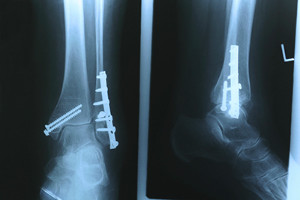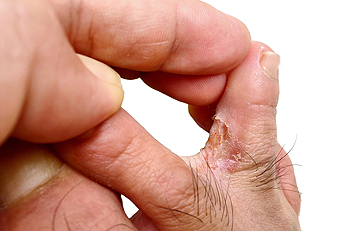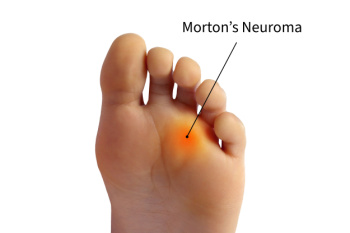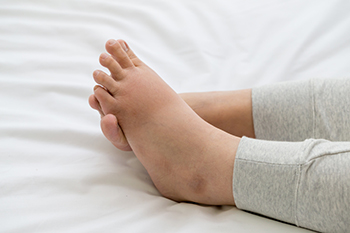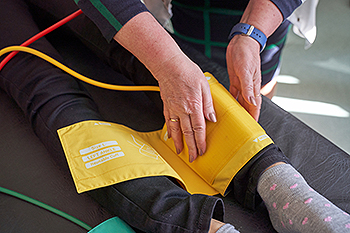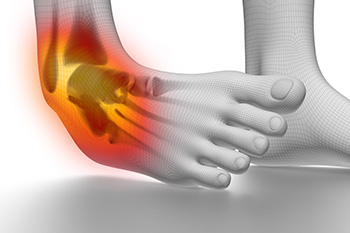 It is frustrating to experience foot blisters that keep coming back. Wearing well-fitted shoes and keeping the feet dry are two key prevention techniques for foot blisters. Choose breathable footwear to reduce friction and moisture, common culprits in blister formation. If you have a new pair of shoes, gradually break them in to help your feet adjust and minimize the risk of friction-related blisters. Moisture-wicking socks also help keep the feet dry, further reducing the likelihood of blister formation. Additionally, blister pads and petroleum jelly are friction-reducing products that can offer an added layer of protection from rubbing. Podiatrists, or foot doctors, can inspect your feet for any signs of irritation and address blister-related pain quickly. If you are experiencing foot blisters, it is suggested you make an appointment with a podiatrist who can offer further prevention tips.
It is frustrating to experience foot blisters that keep coming back. Wearing well-fitted shoes and keeping the feet dry are two key prevention techniques for foot blisters. Choose breathable footwear to reduce friction and moisture, common culprits in blister formation. If you have a new pair of shoes, gradually break them in to help your feet adjust and minimize the risk of friction-related blisters. Moisture-wicking socks also help keep the feet dry, further reducing the likelihood of blister formation. Additionally, blister pads and petroleum jelly are friction-reducing products that can offer an added layer of protection from rubbing. Podiatrists, or foot doctors, can inspect your feet for any signs of irritation and address blister-related pain quickly. If you are experiencing foot blisters, it is suggested you make an appointment with a podiatrist who can offer further prevention tips.
Blisters are prone to making everyday activities extremely uncomfortable. If your feet are hurting, contact one of our podiatrists of Associates in Podiatry. Our doctors can provide the care you need to keep you pain-free and on your feet.
Foot Blisters
Foot blisters develop as a result of constantly wearing tight or ill-fitting footwear. This happens due to the constant rubbing from the shoe, which can often lead to pain.
What Are Foot Blisters?
A foot blister is a small fluid-filled pocket that forms on the upper-most layer of the skin. Blisters are filled with clear fluid and can lead to blood drainage or pus if the area becomes infected.
How Do Blisters Form?
Blisters on the feet are often the result of constant friction of skin and material, usually by shoe rubbing. Walking in sandals, boots, or shoes that don’t fit properly for long periods of time can result in a blister. Having consistent foot moisture and humidity can easily lead to blister formation.
Prevention & Treatment
It is important to properly care for the affected area in order to prevent infection and ease the pain. Do not lance the blister and use a Band-Aid to provide pain relief. Also, be sure to keep your feet dry and wear proper fitting shoes. If you see blood or pus in a blister, seek assistance from a podiatrist.
If you have any questions, please feel free to contact our offices located in Pittsburgh-South Hills, and Pittsburgh-Bellevue, PA . We offer the newest diagnostic and treatment technologies for all your foot care needs.

